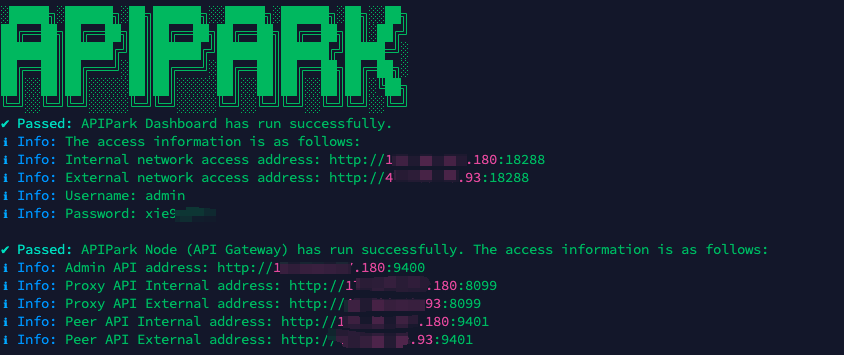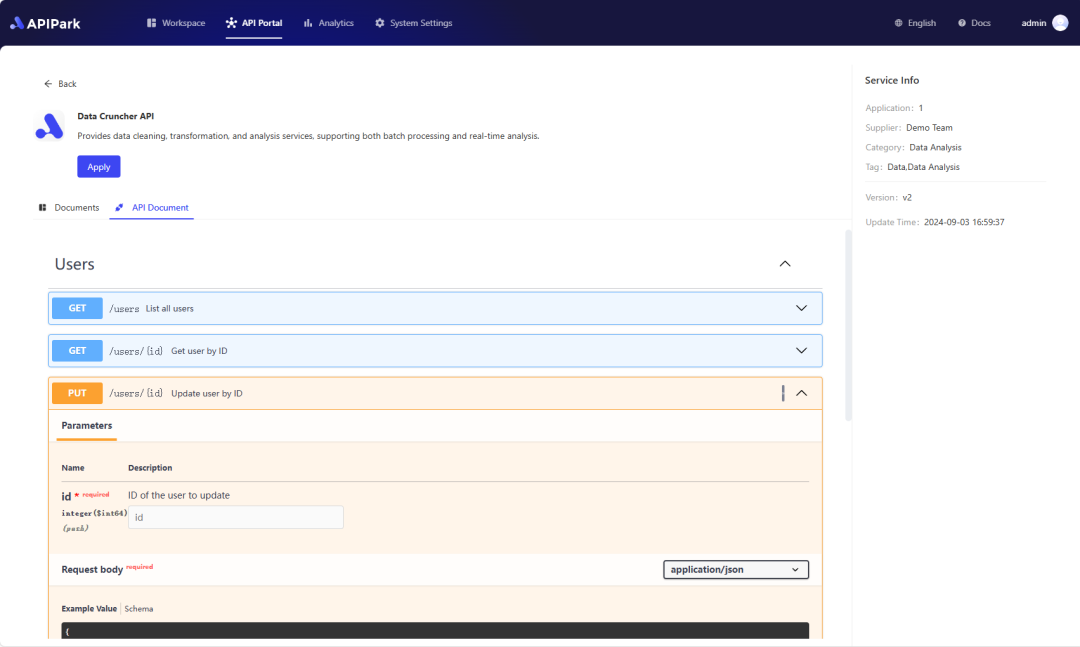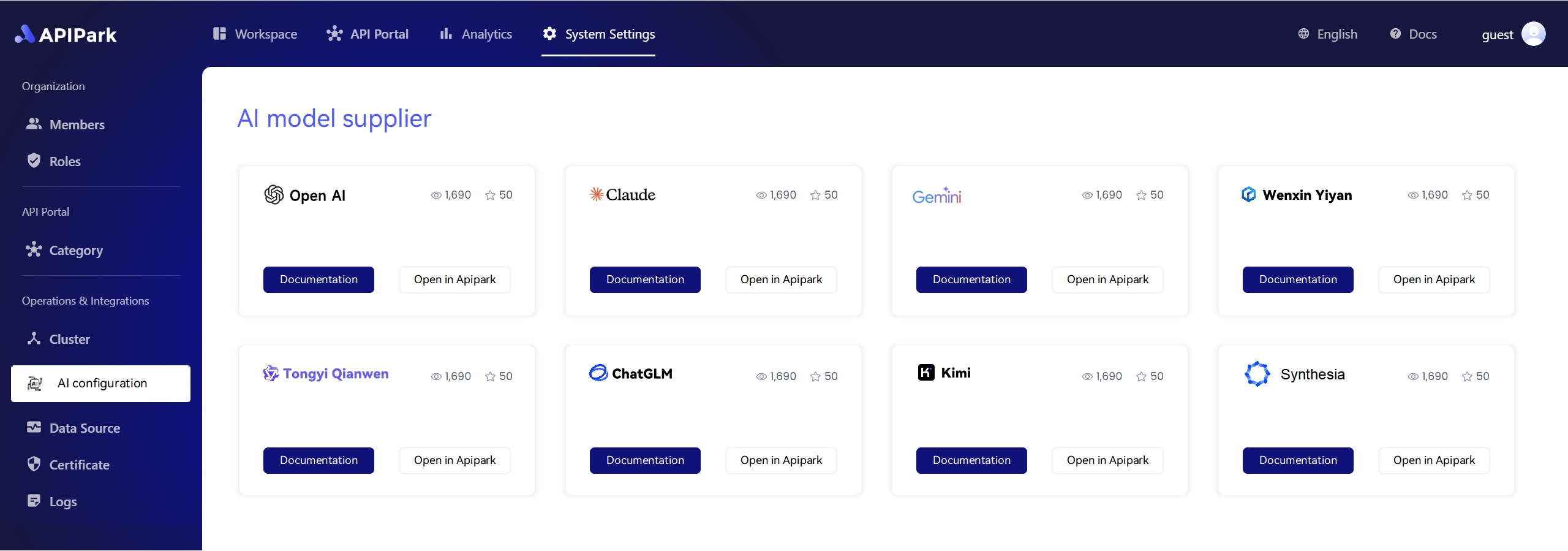In today’s digital landscape, APIs (Application Programming Interfaces) have become a critical component of software development, enabling disparate systems to communicate and share data. This article delves deeply into the concept of API waterfall, exploring its significance, implementation, and best practices, especially in the context of enterprises utilizing AI services.
What is an API Waterfall?
An API waterfall refers to a structured and organized process of managing and integrating various API calls in a sequence that enhances efficiency and performance. This concept is pivotal for complex applications that require multiple APIs to interact with each other to provide a seamless user experience.
The term “waterfall” is borrowed from project management methodologies, where a linear, step-by-step approach is traditionally employed. Similarly, in API management, interactions occur in a cascading manner where one API’s output becomes another API’s input, thus ensuring data flow consistency and transaction integrity.
Key Features of API Waterfall
- Sequential Execution: Each API call in the waterfall must complete before the next can start, which keeps the data flow structured.
- Error Handling: If an API call fails, an error handling mechanism can be instituted to manage the failure gracefully, thus safeguarding the entire process.
- Data Transformation: Data could be transformed as it flows from one API to another to meet the expected input format of the subsequent API.
- Centralized Control: Offers centralized management of API workflows, allowing for better monitoring and control.
Let’s evaluate some of the advantages of adopting an API waterfall approach.
Advantages of API Waterfall
| Advantages | Description |
|---|---|
| Enhanced Performance | By organizing API calls, it reduces redundancy, leading to faster response times. |
| Improved Error Management | Centralized error handling allows developers to address issues more effectively and systematically. |
| Streamlined Development | Developers can build upon existing APIs without worrying about the details of upstream or downstream calls. |
| Better Resource Management | APIs can be efficiently managed, ensuring that resources are optimally utilized and bottlenecks are minimized. |
Implementing API Waterfall in Enterprises
1. Establishing Security Measures
When implementing API waterfall systems, enterprise security must be top of mind. Enterprise security while using AI and any APIs requires the use of Data Encryption and other measures to ensure that sensitive information is protected at every API level. By integrating security best practices from the outset, enterprises can safeguard their data while enjoying the benefits of AI integration.
2. Utilizing AWS API Gateway
When employing API waterfall approaches, the AWS API Gateway can be tremendously beneficial. The AWS API Gateway facilitates easy creation and management of APIs while offering features that enhance security and performance, such as throttling, access control, and API lifecycle management. This powerful tool helps streamline API calls, particularly in a waterfall approach, by allowing enterprises to create, publish, maintain, monitor, and secure APIs at scale.
3. Enabling AI Gateway
An AI Gateway represents an integrated solution for managing AI-related API calls, enabling businesses to leverage AI services efficiently. The AI Gateway serves as a cohesive point through which multiple AI services can be accessed and managed via APIs, facilitating seamless API waterfall connections. This allows companies to quickly implement AI functionalities while ensuring that data integrity and flow are maintained across interconnected APIs.
Best Practices for API Waterfall Management
- Define Clear APIs: Design APIs with clarity on their inputs, outputs, and error responses. Clear documentation enhances the development experience.
- Monitor Performance Metrics: Track the performance of each API call to ensure that the entire waterfall is functioning efficiently. AWS provides tools to monitor API metrics effectively.
- Implement Secure Data Protocols: Always use secure data transmission protocols, such as HTTPS, and ensure sensitive information is encrypted.
- Establish Retry Logic: Employ mechanisms such as exponential backoff to handle transient errors gracefully without compromising the API call sequence.
API Waterfall and AI Services
The Role of AI in API Waterfall
Incorporating AI services into an API waterfall enhances the overall efficiency and adaptability of systems. Enterprises can harness AI for predictive analytics, real-time data processing, and decision-making capabilities. However, an effective implementation hinges on ensuring the API waterfall framework is in place.
Example API Call in a Waterfall Scenario
Here’s a code snippet that simulates an API call within an API waterfall structure:
curl --location 'http://api.example.com/v1/process' \
--header 'Content-Type: application/json' \
--header 'Authorization: Bearer YOUR_ACCESS_TOKEN' \
--data '{
"inputData": {
"previousApiResult": "result_from_api1"
},
"parameters": {
"aiModel": "model_name",
"query": "Utilize data effectively"
}
}'
In this example, previousApiResult serves as the output from the first API in the waterfall, feeding directly into the next API call. Each API must be designed to handle and transform the inputs provided, showcasing how data flows through the waterfall.
APIPark is a high-performance AI gateway that allows you to securely access the most comprehensive LLM APIs globally on the APIPark platform, including OpenAI, Anthropic, Mistral, Llama2, Google Gemini, and more.Try APIPark now! 👇👇👇
Conclusion
Understanding the API waterfall is crucial for enterprises looking to leverage AI services effectively while maintaining security and performance. By utilizing tools like AWS API Gateway and implementing best practices in API management, organizations can build robust infrastructures capable of handling complex workflows. As companies increasingly rely on integrated systems, adopting a structured approach to managing API calls will undoubtedly enhance their operational efficiency and support their growth objectives.
In a rapidly evolving technology landscape, where enterprise security and data encryption are paramount, the API waterfall offers a reliable framework that ensures seamless API integration, operational excellence, and compliance with industry standards. By strategically managing both APIs and AI services, businesses create an agile environment primed for innovation and competitive advantage.
🚀You can securely and efficiently call the Claude(anthropic) API on APIPark in just two steps:
Step 1: Deploy the APIPark AI gateway in 5 minutes.
APIPark is developed based on Golang, offering strong product performance and low development and maintenance costs. You can deploy APIPark with a single command line.
curl -sSO https://download.apipark.com/install/quick-start.sh; bash quick-start.sh

In my experience, you can see the successful deployment interface within 5 to 10 minutes. Then, you can log in to APIPark using your account.

Step 2: Call the Claude(anthropic) API.
